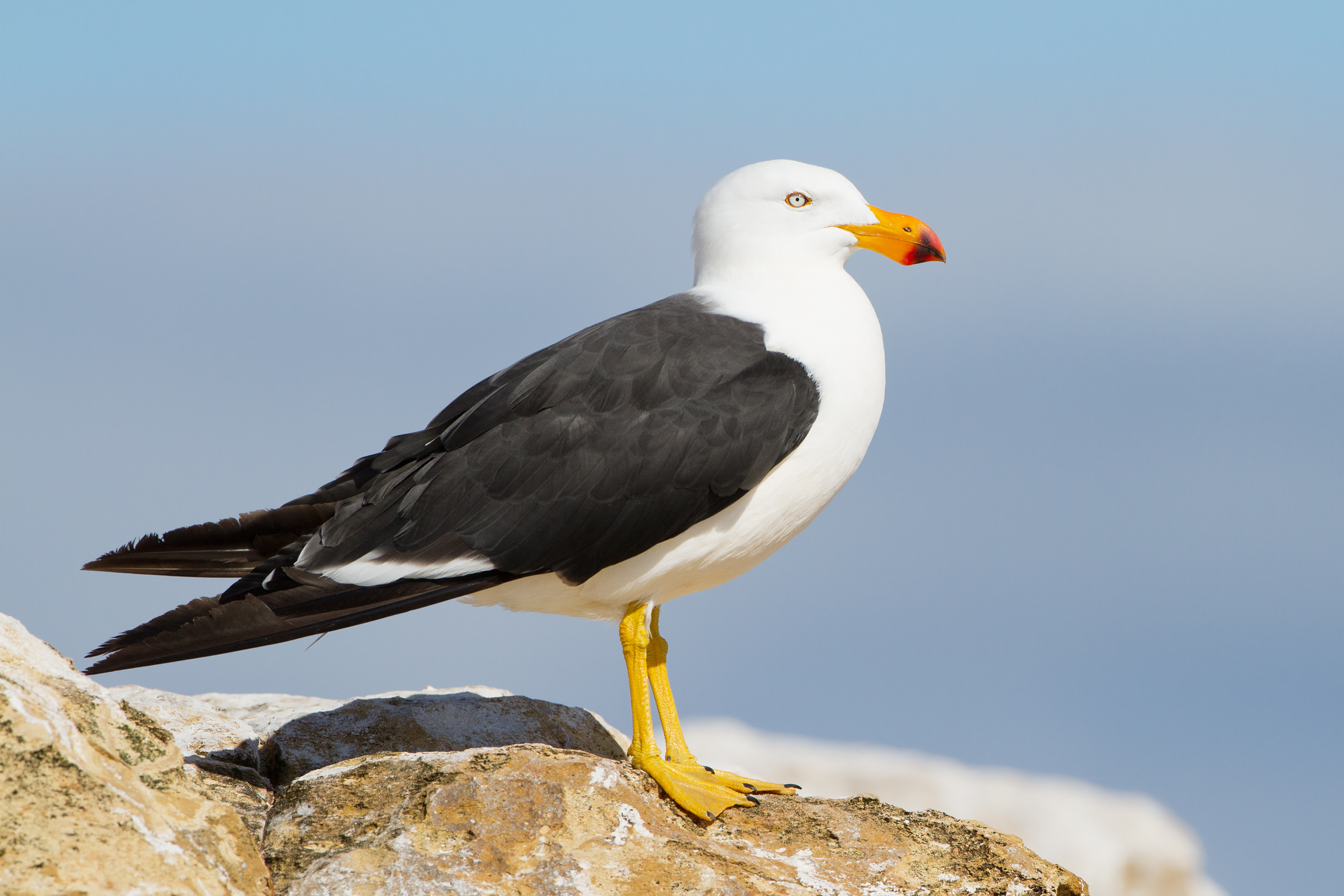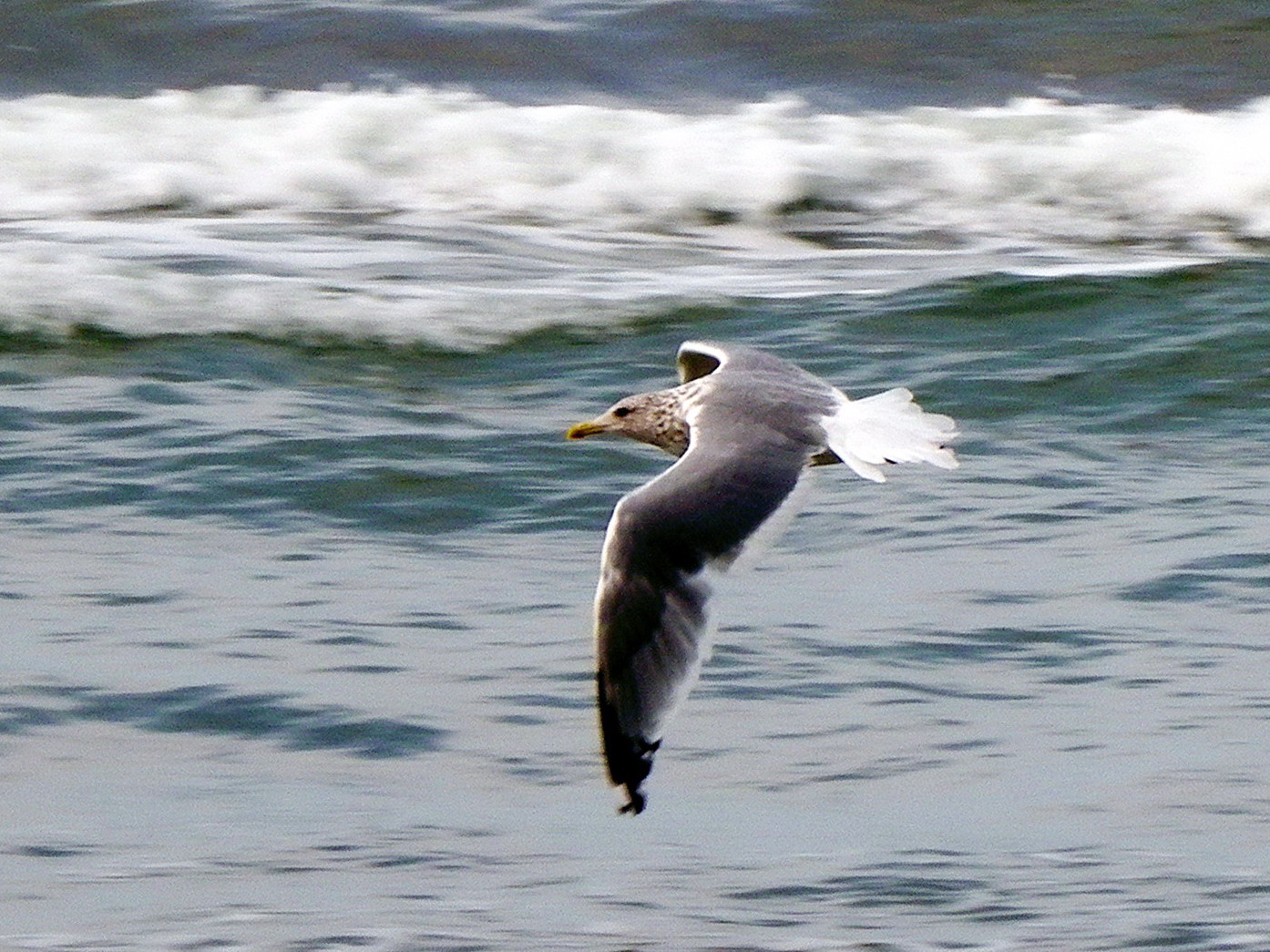|
Herring Gull
Herring gull is a common name for several birds in the genus ''Larus'', all formerly treated as a single species. Three species are still combined in some taxonomies: * American herring gull (''Larus smithsonianus'') - North America * European herring gull (''Larus argentatus'') - Northern Europe * Vega gull (''Larus vegae'') - East Asia Additional species formerly included within this species include: * Armenian gull (''Larus armenicus'') - Caucasus and Middle East * Caspian gull (''Larus cachinnans'') - Eastern Europe and Central Asia * Yellow-legged gull The yellow-legged gull (''Larus michahellis'') is a large gull found in Europe, the Middle East and North Africa, which has only recently achieved wide recognition as a distinct species. It was formerly treated as a subspecies of either the Cas ... (''Larus michahellis'') - Southern Europe, North Africa and Middle East Larus Bird common names {{Animal common name ... [...More Info...] [...Related Items...] OR: [Wikipedia] [Google] [Baidu] |
European Herring Gull
The European herring gull (''Larus argentatus'') is a large gull, up to long. One of the best-known of all gulls along the shores of Western Europe, it was once abundant. It breeds across Northern Europe, Western Europe, Central Europe, Eastern Europe, Scandinavia, and the Baltic states. Some European herring gulls, especially those resident in colder areas, migrate further south in winter, but many are permanent residents, e.g. in Ireland, Britain, Iceland, or on the North Sea shores. They have a varied diet, including fish, crustaceans, as well as some plants, and are also scavengers, consuming carrion and food left by or stolen from humans. While herring gull numbers appear to have been harmed in recent years, possibly by fish population declines and competition, they have proved able to survive in human-adapted areas and can often be seen in towns acting as scavengers. Taxonomy Their scientific name is from Latin. ''Larus'' appears to have referred to a gull or other large ... [...More Info...] [...Related Items...] OR: [Wikipedia] [Google] [Baidu] |
Larus
''Larus'' is a large genus of gulls with worldwide distribution (by far the greatest species diversity is in the Northern Hemisphere). Many of its species are abundant and well-known birds in their ranges. Until about 2005–2007, most gulls were placed in this genus, but this arrangement is now known to be polyphyletic, leading to the resurrection of the genera ''Ichthyaetus'', ''Chroicocephalus'', ''Leucophaeus'', and '' Hydrocoloeus'' (this last had been recognized more often than the other genera) for several species traditionally included in ''Larus''. They are in general medium to large birds, typically grey or white, often with black markings on their heads or wings. They have stout, longish bills and webbed feet. The taxonomy of the large gulls in the herring and lesser black-backed complex is very complicated, with different authorities recognising between two and eight species. Taxonomy The genus ''Larus'' was introduced in 1758 by the Swedish naturalist Carl Linn ... [...More Info...] [...Related Items...] OR: [Wikipedia] [Google] [Baidu] |
American Herring Gull
The American herring gull or Smithsonian gull (''Larus smithsonianus'' or ''Larus argentatus smithsonianus'') is a large gull that breeds in North America, where it is treated by the American Ornithological Society as a subspecies of herring gull (''L. argentatus''). Adults are white with gray back and wings, black wingtips with white spots, and pink legs. Immature birds are gray-brown and are darker and more uniform than European herring gulls, with a darker tail. As is common with other gulls, they are colloquially referred to simply as seagulls. It occurs in a variety of habitats including coasts, lakes, rivers, parking lots and garbage dumps. Its broad diet includes invertebrates, fish, and many other items. It usually nests near water, laying around three eggs in a scrape on the ground. Taxonomy This gull was first described as a new species in 1862 by Elliott Coues based on a series of specimens from the Smithsonian Institution. It was later reclassified as a subspecies ... [...More Info...] [...Related Items...] OR: [Wikipedia] [Google] [Baidu] |
Vega Gull
The Vega gull, East Siberian gull, or East Siberian herring gull (''Larus vegae'') is a large gull of the herring gull/lesser black-backed gull complex which breeds in Northeast Asia. Its classification is still controversial and uncertain. It is variously treated as a separate species, as a subspecies of the American herring gull (''L. smithsonianus'') or included with both the American herring gull and European herring gull in ''L. argentatus''. The Mongolian gull, ''Larus mongolicus'', has previously been regarded as a subspecies of the Caspian gull (''L. cachinnans'') but is now sometimes lumped with the Vega gull. Description Vega gull (''Larus vegae'') The Vega gull is similar to the herring gull but is slightly darker grey above. The head of the Vega gull is heavily streaked with brown in winter, especially on the back and sides of the neck forming a collar. The legs are usually bright pink. First- and second-winter Vega gulls are darker than the similar Mongolian gull ... [...More Info...] [...Related Items...] OR: [Wikipedia] [Google] [Baidu] |
Armenian Gull
__NOTOC__ The Armenian gull (''Larus armenicus'') is a large gull found in the Caucasus and the Middle East. It was formerly classified as a subspecies of the European herring gull (''L. argentatus''), but is now generally considered to be a separate species, although BirdLife International lumps it with the yellow-legged gull (''L. michahellis''). Description The Armenian gull is a fairly large gull species, though it is on average the smallest of the "herring gull" complex. It can range from , from across the wings, and weighs from . Among standard measurements, its wing chord is , its bill is and its tarsus is .''Gulls of North America, Europe, and Asia'' by Klaus Malling Olsen & Hans Larsson. Princeton University Press (2004). . They are superficially similar to yellow-legged gulls but are slightly smaller with a slightly darker grey back and dark eyes. The area of black on the wingtips is more extensive with smaller white spots. The bill is short with a distinctive blac ... [...More Info...] [...Related Items...] OR: [Wikipedia] [Google] [Baidu] |
Caspian Gull
The Caspian gull (''Larus cachinnans'') is a large gull and a member of the herring and lesser black-backed gull complex. The scientific name is from Latin. ''Larus'' appears to have referred to a gull or other large seabird, and ''cachinnans'' means 'laughing', from ''cachinnare'' 'to laugh'. Description It is a large gull at long, with a wingspan and a body mass of . Among standard measurements, the wing chord is , the bill is and the tarsus is . The Caspian gull has a long, slender bill, accentuated by the sloping forehead. The legs, wings, and neck are longer than those of the herring gull and yellow-legged gull. The eye is small and often dark, and the legs vary from pale pink to a pale yellowish colour. The back and wings are a slightly darker shade of grey than the herring gull, but slightly paler than the yellow-legged gull. The outermost primary feather has a large white tip and a white tongue running up the inner web. First-winter birds have a pale head with dark ... [...More Info...] [...Related Items...] OR: [Wikipedia] [Google] [Baidu] |
Yellow-legged Gull
The yellow-legged gull (''Larus michahellis'') is a large gull found in Europe, the Middle East and North Africa, which has only recently achieved wide recognition as a distinct species. It was formerly treated as a subspecies of either the Caspian gull ''L. cachinnans'', or more broadly as a subspecies of the herring gull ''L. argentatus''. The genus name is from Latin ''Larus'' which appears to have referred to a gull or other large seabird, and the species name honours the German zoologist Karl Michahelles. Classification It is now generally accepted that the yellow-legged gull is a full species, but until recently there was much disagreement. For example, '' British Birds'' magazine split the yellow-legged gull from the herring gull in 1993 but included the Caspian gull in the former, but the BOU in Great Britain retained the yellow-legged gull as a subspecies of the herring gull until 2007. DNA research, however, suggests that the yellow-legged gull is actually closest to ... [...More Info...] [...Related Items...] OR: [Wikipedia] [Google] [Baidu] |




